The Insect Study Merit Badge Collection offers an immersive journey into the fascinating world of insects, providing a comprehensive exploration of their significance, diversity, and ecological roles. This merit badge collection empowers scouts to develop a deep understanding of insect study and its relevance to various fields, equipping them with valuable knowledge and skills.
Through hands-on experiences, scouts learn effective insect collection techniques, delve into the intricacies of insect identification and classification, and gain insights into insect anatomy, behavior, and ecology. This comprehensive approach fosters a profound appreciation for the diversity and importance of insects in our ecosystems.
Insect Study Merit Badge Overview
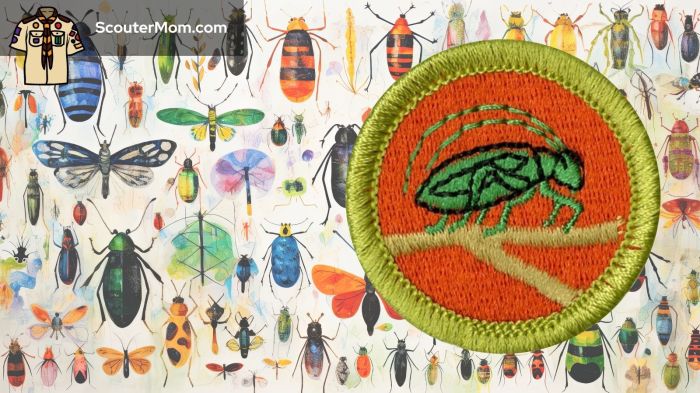
The Insect Study Merit Badge, offered by the Boy Scouts of America, is designed to foster an appreciation and understanding of the fascinating world of insects.
To earn this badge, Scouts must demonstrate proficiency in various aspects of insect study, including their classification, anatomy, life cycles, habitats, and behaviors. They must also complete a collection of at least 10 different insect specimens, properly mounted and identified.
Significance of Insect Study
Insect study holds immense significance, extending beyond mere scientific curiosity. Insects play crucial roles in various fields, including:
- Agriculture:Insects serve as pollinators, essential for plant reproduction and crop production.
- Ecology:Insects are vital components of ecosystems, contributing to nutrient cycling and providing food for other animals.
- Medicine:Insects have been used in traditional medicine for centuries, and their study can lead to new discoveries in pharmaceuticals.
- Forensics:Insect evidence can aid in criminal investigations by determining the time and location of death.
Insect Collection Techniques

Collecting insects is an essential aspect of studying entomology. It allows researchers and enthusiasts to observe, identify, and preserve insect specimens for further analysis. To collect insects effectively, various techniques can be employed, each with its own advantages and applications.
Nets
Nets are commonly used to capture flying insects. They come in different sizes and shapes, depending on the target species. Aerial nets, with their long handles and large mesh, are ideal for catching insects in flight. Sweep nets, with their shorter handles and denser mesh, are effective for collecting insects from vegetation.
Insect Identification and Classification
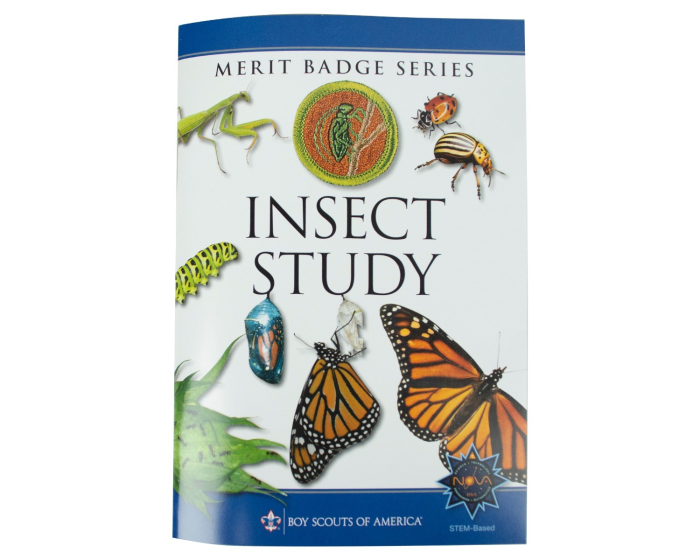
Identifying and classifying insects is crucial for understanding their diversity, ecology, and potential impacts on the environment and human health. This process involves using taxonomic keys and examining specific characteristics that distinguish different insect orders, families, and species.
Taxonomic Keys
Taxonomic keys are essential tools for identifying insects. They consist of a series of questions or statements that lead to the correct identification of a specimen. Each question or statement provides information about specific characteristics of the insect, such as its size, shape, color, or wing venation.
By following the key step by step, users can narrow down the possible options and eventually determine the insect’s taxonomic identity.
Insect Classification
Insects are classified into different orders based on their shared characteristics. Some of the key features used to classify insects include:
- Number and type of wings
- Mouthpart structure
- Body segmentation
- Antennae structure
- Presence or absence of certain body parts, such as cerci or ocelli
These characteristics help entomologists distinguish between different insect orders, such as:
| Order | Number of Wings | Mouthparts | Body Segmentation | Antennae |
|---|---|---|---|---|
| Coleoptera (beetles) | 2, elytra (hardened forewings) | Chewing | Head, thorax, abdomen | Variable, often clubbed or serrated |
| Lepidoptera (butterflies and moths) | 4, covered in scales | Siphoning (in adults) | Head, thorax, abdomen | Clubbed or feathery |
| Diptera (flies and mosquitoes) | 2, hind wings reduced to halteres | Piercing-sucking | Head, thorax, abdomen | Short, thread-like |
| Hymenoptera (bees, wasps, and ants) | 4, membranous | Chewing or chewing-lapping | Head, thorax, abdomen | Elbowed or filiform |
| Orthoptera (grasshoppers and crickets) | 4, hind wings folded like a fan | Chewing | Head, thorax, abdomen | Long and slender |
Insect Anatomy and Morphology

Insects exhibit a remarkable diversity in form and function, which is reflected in their intricate external and internal anatomy. Understanding insect morphology provides a solid foundation for identifying and classifying insects.
External Anatomy
The external anatomy of an insect consists of three main body regions: the head, thorax, and abdomen. The head bears the antennae, eyes, and mouthparts, which are adapted for various sensory and feeding functions. The thorax comprises three segments (prothorax, mesothorax, and metathorax) and bears the legs and wings, enabling locomotion and flight.
The abdomen, the largest body region, contains the digestive, reproductive, and respiratory systems.
Insect Body Part Functions and Adaptations
Insects have evolved specialized body parts to meet their diverse ecological niches. For instance, the antennae serve as sensory organs for detecting chemicals, vibrations, and air currents. The legs are adapted for walking, jumping, or swimming, while the wings facilitate flight and dispersal.
The mouthparts exhibit remarkable diversity, ranging from chewing mandibles to piercing and sucking mouthparts, reflecting the varied feeding habits of insects.
Insect Metamorphosis
Metamorphosis is a fundamental characteristic of many insect species. It involves a dramatic transformation from the immature juvenile stage (nymph or larva) to the mature adult stage. Insects exhibit two primary types of metamorphosis: complete and incomplete. In complete metamorphosis (holometabolism), the juvenile and adult stages are markedly different, with the intermediate pupal stage characterized by significant structural changes.
In incomplete metamorphosis (hemimetabolism), the juvenile stages (nymphs) gradually resemble the adult form, lacking a distinct pupal stage.
Insect Behavior and Ecology
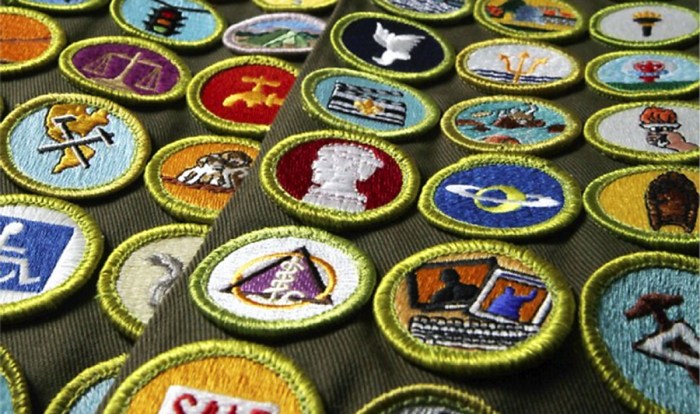
Insects, with their remarkable diversity, exhibit fascinating behaviors and play crucial roles in the intricate tapestry of ecosystems worldwide. From the social complexities of colony formation to their profound ecological impact, insects are key players in the balance of nature.
Social Behavior
Many insect species showcase intricate social behaviors, forming colonies with specialized roles and communication systems. Bees, ants, and termites are prime examples of social insects, with highly organized societies. They divide tasks among individuals, such as foraging, nursing, and defense, ensuring the colony’s survival and success.
Communication within these colonies is essential, and insects employ various methods, including pheromones, tactile signals, and even dances.
Ecological Roles
Insects occupy diverse ecological niches, performing indispensable functions in ecosystems. As primary consumers, they feed on plants, contributing to nutrient cycling and seed dispersal. Some insects, like ladybugs, serve as natural predators, controlling populations of pests. Others, such as bees and butterflies, play a pivotal role in pollination, ensuring the reproduction of countless plant species.
Moreover, insects serve as a vital food source for birds, reptiles, and other animals, forming the foundation of food webs.
Adaptations for Survival
Insects have evolved remarkable adaptations that enable them to thrive in a wide range of habitats. Camouflage, for instance, allows insects to blend seamlessly with their surroundings, evading predators. Mimicry is another adaptation, where insects resemble other species to gain protection or deceive prey.
Some insects, like desert beetles, have specialized water-collecting mechanisms to survive in arid environments. These adaptations showcase the incredible resilience and diversity of insects, allowing them to occupy nearly every corner of the planet.
Insect Conservation and Management
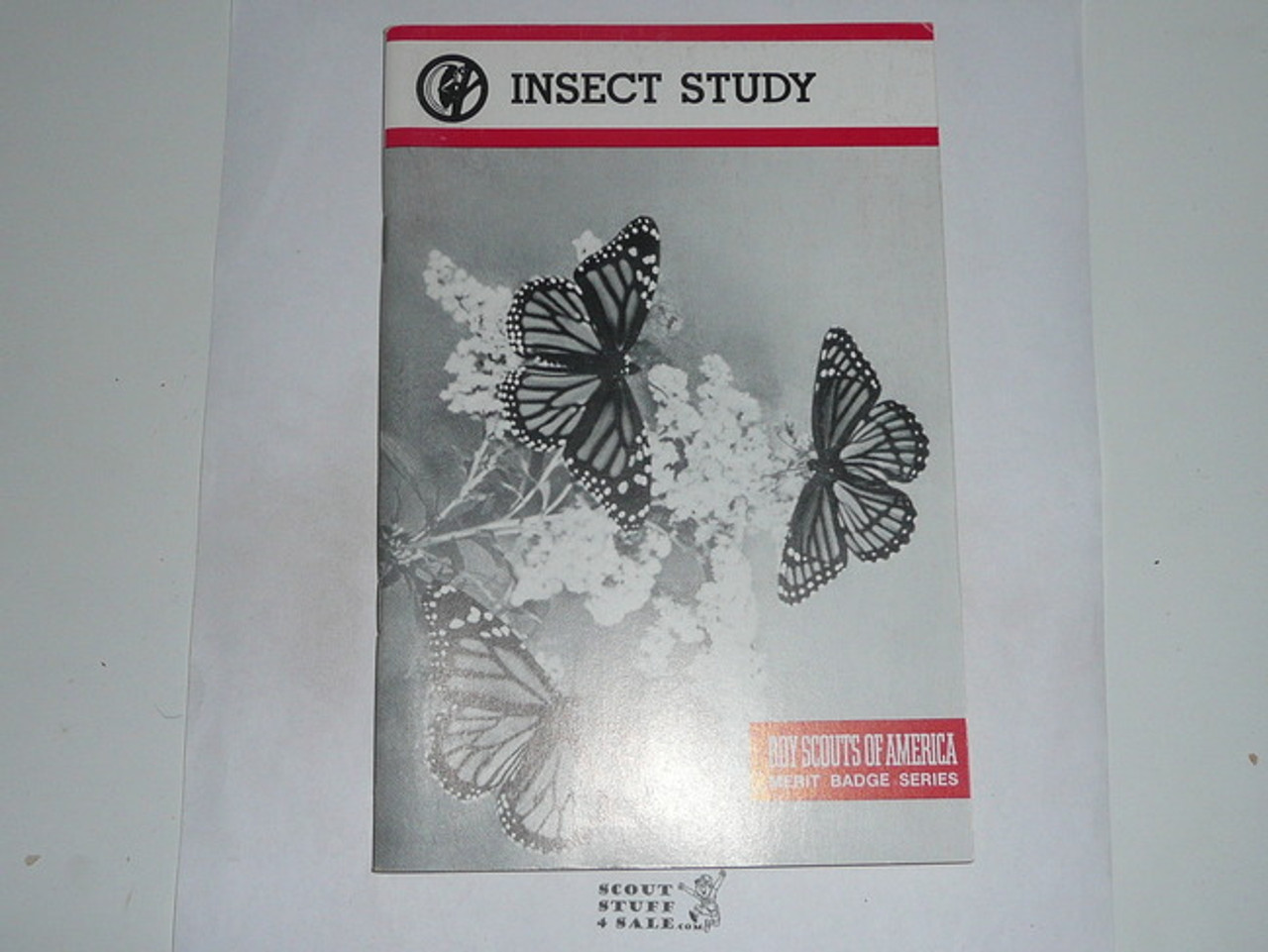
Insects play a vital role in the Earth’s ecosystems, contributing to pollination, nutrient cycling, and food chains. However, insect populations are facing numerous threats, including habitat loss, climate change, and pesticide use.
Threats to Insect Populations, Insect study merit badge collection
- Habitat loss:Urbanization, deforestation, and agriculture are destroying and fragmenting insect habitats.
- Climate change:Rising temperatures and altered precipitation patterns are affecting insect distributions and life cycles.
- Pesticide use:Indiscriminate pesticide use can kill beneficial insects along with pests.
Insect Conservation Strategies
Insect conservation aims to protect and restore insect populations. Strategies include:
- Habitat restoration:Creating or enhancing natural habitats for insects.
- Pest management:Using integrated pest management techniques that minimize harm to beneficial insects.
- Education and outreach:Raising awareness about the importance of insects and promoting their conservation.
Successful Insect Conservation Initiatives
- Monarch Butterfly Conservation:Partnerships between conservation organizations and landowners have helped protect and restore monarch butterfly habitats.
- Honey Bee Health Initiative:Research and management efforts have aimed to address the decline of honey bee populations.
- Pollinator Gardens:Creating pollinator gardens in urban and suburban areas provides food and habitat for bees and other pollinators.
Concluding Remarks: Insect Study Merit Badge Collection
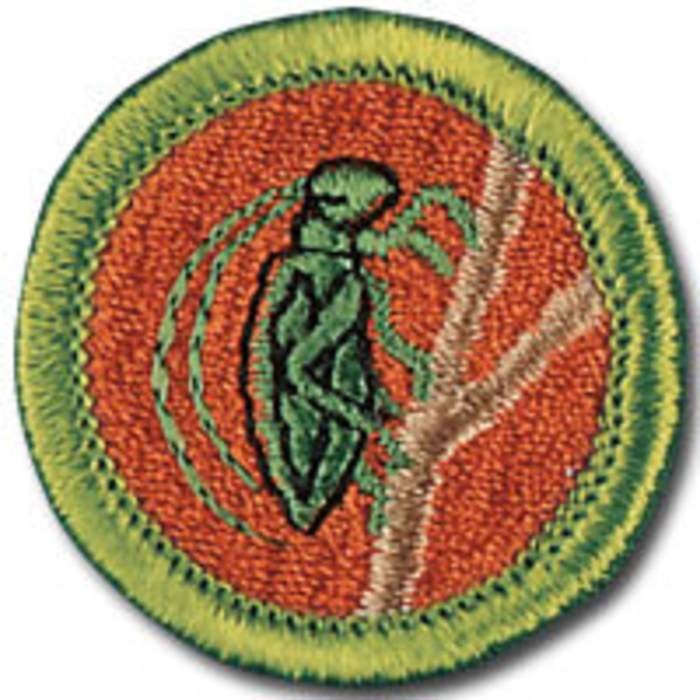
The Insect Study Merit Badge Collection culminates in a captivating exploration of insect conservation and management, highlighting the threats faced by these creatures and the strategies employed to protect them. By engaging in this merit badge collection, scouts not only gain a wealth of knowledge but also develop a deep appreciation for the intricate web of life that sustains our planet.
FAQ Overview
What is the purpose of the Insect Study Merit Badge Collection?
The Insect Study Merit Badge Collection aims to foster a comprehensive understanding of insect study, covering insect collection techniques, identification and classification, anatomy and morphology, behavior and ecology, and conservation and management.
What skills will scouts develop through this merit badge collection?
Scouts will develop valuable skills in insect collection, identification, classification, observation, analysis, and scientific inquiry.
How does this merit badge collection contribute to insect conservation?
The merit badge collection raises awareness about the importance of insect conservation and provides scouts with strategies for protecting these creatures and their habitats.




